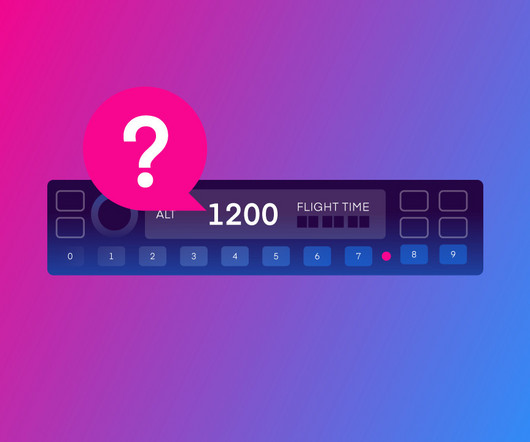Transponder Codes Made Easy: A Pilot’s Survival List
Pilot Institute
FEBRUARY 28, 2025
Some standard codes include: 1200: VFR (Visual Flight Rules) standard squawk 7500: Hijacking alert 7600: Radio communication failure 7700: Emergency situation If ATC tells you to Squawk IDENT, you activate the IDENT button on your transponder. 1200 Visual flight rules (VFR) flight.











Let's personalize your content